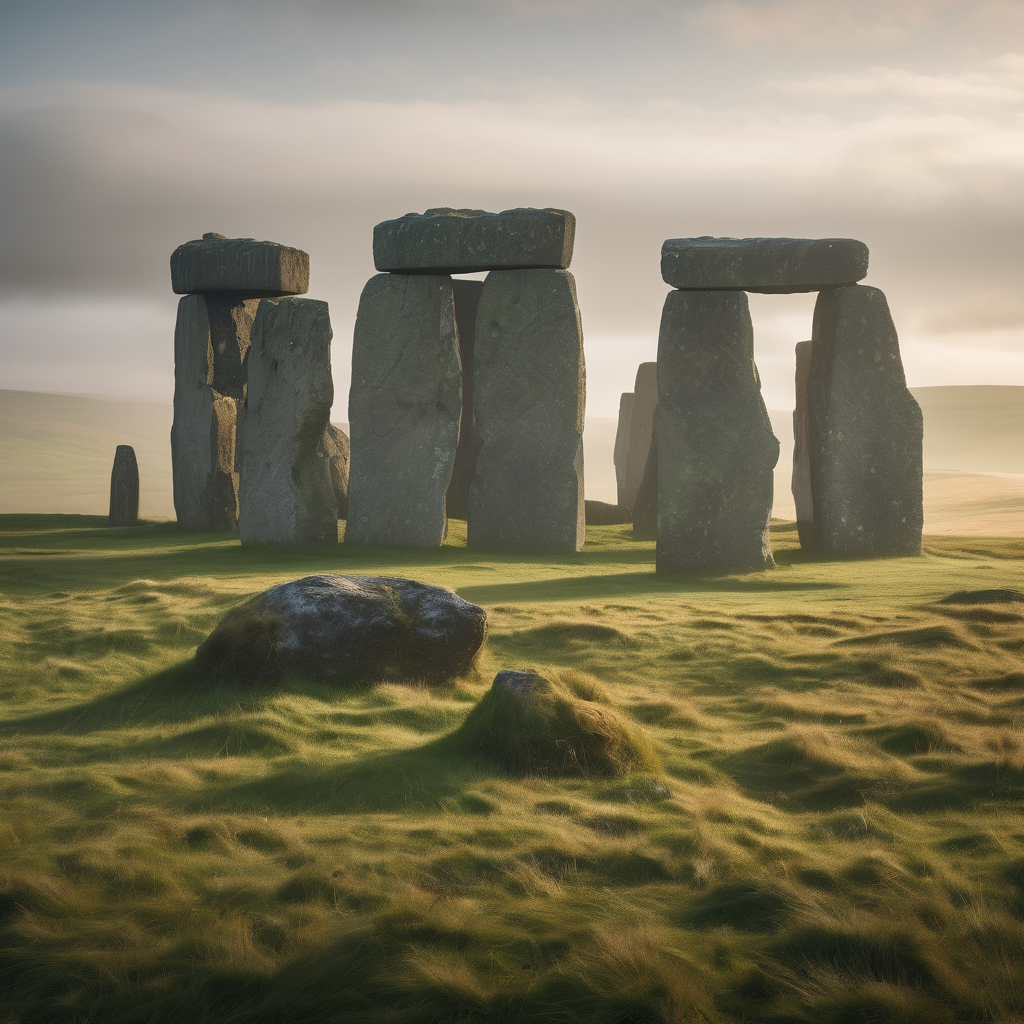A recent geological study has introduced a fascinating new twist to the enduring enigma of Stonehenge, the iconic Neolithic site that has long captured the imagination of scholars and tourists alike. The spotlight is on the Altar Stone, a colossal sandstone slab weighing approximately six tons and occupying a central position in the monument. Traditionally, experts believed that this stone had its origins in the Brecon Beacons of southeast Wales.
However, groundbreaking research published in the journal Nature on August 14, 2024, has shifted this perspective. By examining the stone’s mineral composition, scientists now theorize that the Altar Stone may have been quarried not from Wales, but from much farther north, in the Orcadian Basin of Scotland.
This surprising possibility emerges from a detailed analysis by a team from Curtin University, who studied tiny fragments of the stone to reveal its unique chemical and mineral makeup. Key findings suggest that the stone’s properties are inconsistent with the Welsh bedrock yet align closely with geological structures found in Scotland. Anthony Clarke, the lead author and a Ph.D. student at Curtin’s School of Earth and Planetary Sciences, noted that the stone contains specific mineral grains aged between 1,000 to 2,000 million years, alongside others approximately 450 million years old. Such characteristics offer a distinct chemical fingerprint, unmistakably matching rocks found in Scotland.
Richard Bevins, co-author of the study from Aberystwyth University, stated that efforts are now concentrated on pinpointing the Altar Stone’s exact provenance within the Orcadian Basin. This shift in understanding raises compelling questions about the transportation of the stone. Researchers posit that Neolithic communities likely transported the massive stone by sea along the British coastline, from Scotland to Wiltshire. This theory suggests a level of organizational capability and maritime skill previously underestimated for ancient societies. Such an undertaking would have necessitated considerable coordination, labor, and expertise, revealing a complex network of connections and relationships across regions.
If confirmed that the Altar Stone originated from Scotland, this new narrative alters our perception of the monument and its creators. The diverse array of stones at Stonehenge, differing widely in size and type, implies they were sourced from various locations connected by early trade routes or shared cultural bonds. This discovery changes not just the map of Stonehenge’s origins, but also enhances our understanding of the mobility, skills, and intricate societal links of the Neolithic communities that engineered one of Britain’s most celebrated landmarks.
The revelation underscores a remarkable level of sophistication in these ancient builders, offering fresh insights into their world and further deepening the intrigue surrounding Stonehenge.
